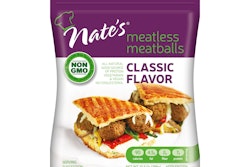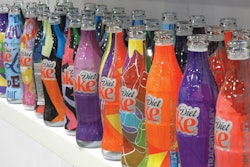
If you work in those industries you interact with FDA and are aware of their guidelines.
But if you are exploring or commercializing any of the newer technologies now emerging, be sure you have your regulatory ducks in a row. Take nano particles, for example, where nanosilver particles are used as an additive in packaging to reduce microbial growth. My first exposure to this 20 years ago was with a Japanese polycarbonate baby bottle with nanosilver particles impregnated into the bottle. Over the past decade a number of textile firms have been purchasing nanosilver particles to incorporate into their clothing to reduce odor-causing bacteria.
The nano particles that are impregnated into plastic packaging would fall under FDA regulation if those particles were found to migrate into the food, and then a safety evaluation of the substance and the amounts presented in normal contact would be evaluated. The issue of migration of those particles and the health concerns surrounding that contact is not the only issue. In particular cases firms may run into areas regulated by other federal agencies. An interesting recent event is a particular use of nanosilver in packaging containers from Pathway Investment Corp. of Englewood, NJ.
In March of this year the Environmental Protection Agency (EPA) announced that it has reviewed information and issued an order to Pathway to stop the sale of their plastic food storage containers. The EPA also stated that in addition to the letter sent to Pathway, it has also issued warning letters to Amazon, Wal-Mart, Sears, and other retailers who were engaged in selling these Pathway products to stop their sale. Pathway Investment had been marketing a line of “Go Green Premium Food Storage Containers” and “Kinetic Smartwise Series Containers” containing nanosilver particles that have not been tested or registered with the EPA. The company claims the purpose of the nanosilver particles is to reduce the growth of mold, fungus, and bacteria. When the company claimed that the purpose of the particles was to reduce microbial activity, it became considered a pesticide regulated by the EPA, and the EPA requires registration and rigorous testing if a compound is to be used as a pesticide.
Normally additives to food containers are regulated by the FDA, as that agency has the responsibility of monitoring direct and indirect food additives. The EPA has responsibility for enforcing the Federal Insecticide, Fungicide and Rodenticide Act (FIFRA), which these nanosilver particles fall under because the company is making claims that the additive is to reduce mold, fungus, and bacteria. Marketing a product that contains a pesticide that is not tested and approved by the EPA is a violation of the FIFRA Act. Making claims about an additive was the critical action in this case and caused the EPA intervention.
Learn from Pathway’s experience if you’re looking into new additives. Understand the registration and testing you’ll need to do.
Fritz Yambrach ([email protected]) is director of packaging at San Jose State University.


























